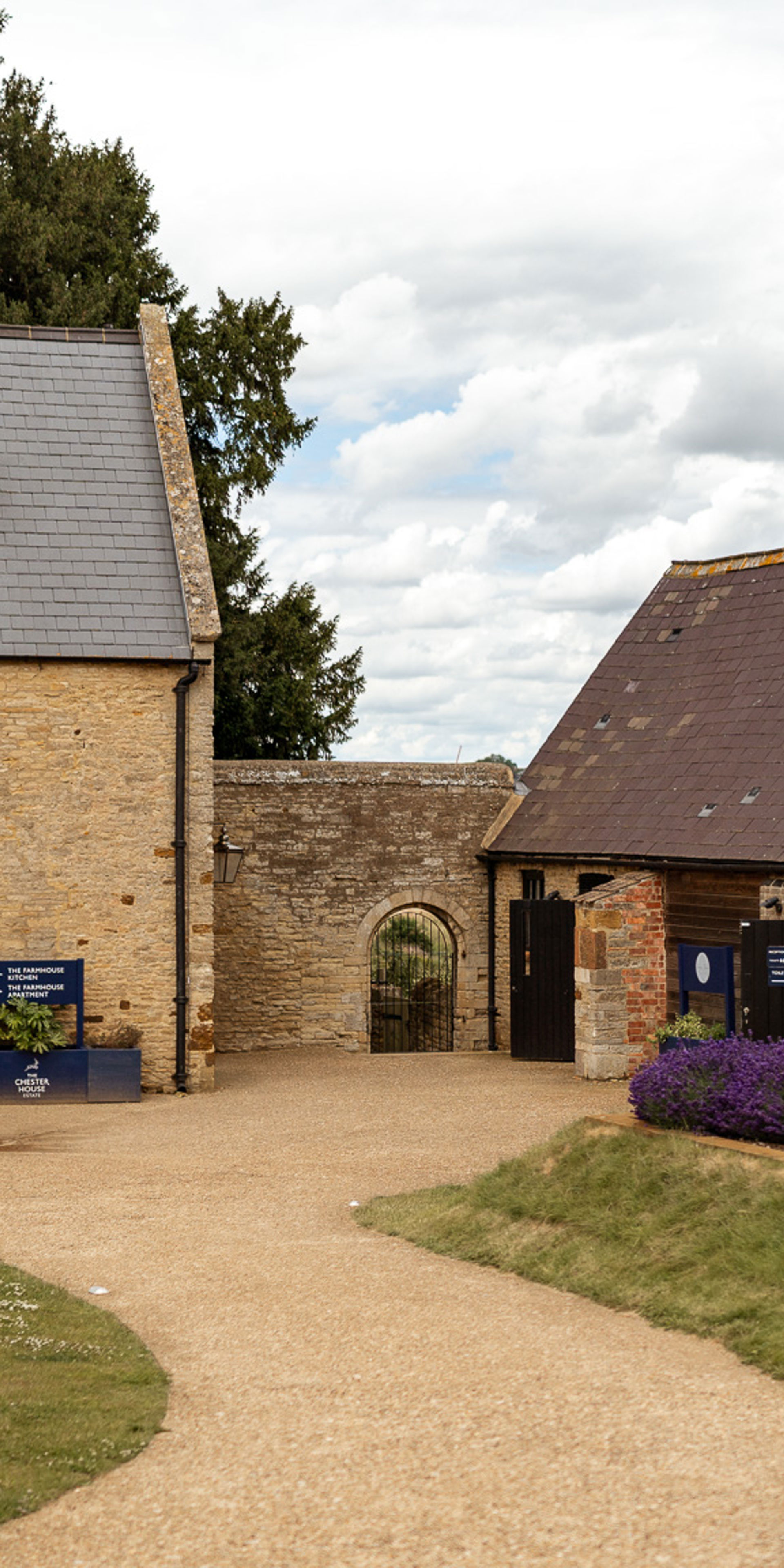17th and 18th Century
The estate of Chester Farm was acquired from the Crown in 1616 by Thomas Ekins, a reasonably wealthy man from a good family of royal stewards, MPs and clergymen.
It was this Thomas Ekins or his son who built the main house.
An inventory of 1662 describes a reasonably substantial home with hall, parlour, a room next to the parlour, kitchen and buttery on the ground floor, all with chambers over them, together with a wash-house and dairy-house.
By the time Captain Thomas Ekins died in 1754 he owned the whole of the Chester estate which he passed to his daughter Sarah. It was following her marriage to Dr James Stonhouse, that the estate was developed into the gentleman’s farm as recorded on a map dated 1756. This map shows the buildings standing at this time and each field with its name. The names of the closes indicate their attempt to create parkland e.g. the Walk, Upper Park and Nether Park closes. The map also depicts the roads and the various boundaries (hedges and fences).
Stonhouse and his wife were obviously very proud of their estate; it likely that he commissioned the erection of a folly at the southwest corner of the Roman town from which he could survey his lands. Access to this mock Chinese temple was via a hedge-lined path that would have obscured the view until arrival at the vantage point. Stonhouse is an important figure in Northamptonshire’s history, being a co-founder of Northampton Infirmary in 1743 as well as also being a prolific writer and publisher both as a physician and as a clergyman.
The subsequent landscaping with Lime trees to create the imposing Lime Avenue entrance was probably undertaken in the late 18th century.


